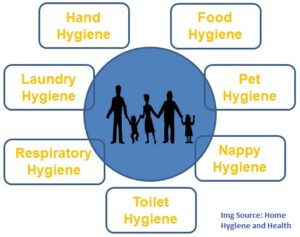The COVID-19 pandemic became a public health threat and challenging for the health system. The antibiotics treatment regimen took an important role during this situation. However, the microbiological and antibiotic data related to COVID-19 are not adequate.
Although the co-infection related to bacterial and fungal are low in the patients suffering from COVID-19, the co-infection rate is higher in critically ill ICU patients. But the antimicrobial therapy was administered in the majority of patients. The overuse of antimicrobials increases the risk of multi-resistant secondary infections that leads to adverse clinical outcomes. Hence the antibiotic treatment in COVID-19 patients should be evaluated carefully through antibiotic stewardship (ABS) programs.
A study by Rothe et.al aimed to analyze the microbiological findings and antibiotic therapies applied in our cohort to widen existing knowledge on bacterial co-infections as well as on antibiotic regimens for COVID-19. A total of 140 hospitalized adult patients diagnosed with COVID-19 in Germany were included in a retrospective single-center cohort study. Medical records, clinical charts, and nursing records were reviewed. German national standards were used to define multidrug-resistant gram-negative
bacteria.
Most of the patients included in the study received antimicrobial therapy within 24 hours of admission to the hospital. Only 14.1% of patients were not administered antimicrobial therapy during hospitalization. According to the implemented local ABS guidelines, the
The most commonly used antibiotic regimen was ampicillin/sulbactam with or without azithromycina followed by piperacillin/ tazobactam with or without azithromycin.
To read the entire article kindly click on the website of the European Journal of Clinical
Microbiology & Infectious Diseases (Here is the Link)







